Home » Invasive Alien Species (IAS)
Invasive Alien Species (IAS)
PROJECT OVERVIEW – Invasive Alien Species have been identified as one of the key ongoing threats to
biodiversity.
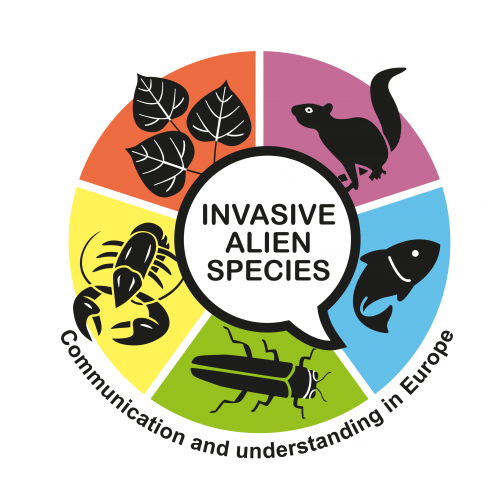
Invasive Alien Species are one of the key threats to biodiversity in the European Union and globally.
IAS are defined as animals and plants that are introduced accidentally or deliberately into a natural environment where they are not normally found, with serious negative consequences for their new environment. As well as representing a major threat to native plants and animals in Europe, they cause damage worth billions of Euros to the European economy every year.
Coordinated action at the European level is more effective than individual actions at the Member State level. For this reason, Regulation (EU) 1143/2014 on invasive alien species (the IAS Regulation) establishes a list of Invasive Alien Species of Union concern (the Union list) and provides for a set of measures to be taken across the EU.
The ways in which IAS arrive, either intentionally or inadvertently, are varied with examples including escapes of pets and ornamental plants through to arrival within habitat material such as soil.
It is important that a range of different stakeholders, working in sectors impacting on or impacted by IAS come together to exchange ideas and improve communication on the importance of preventing the arrival of IAS.
The European-wide project, ‘Invasive alien species: improvement of understanding and communication’, funded by the European Commission, brings together stakeholders to discuss approaches to engagement and communication on this important topic.
The project team have established five IAS stakeholder groups which address some of the pathways involved in the
introduction or spread of IAS.
The groups are: Aquatic Ornamentals, Pet Species, Soil Transport, Forest Ecosystems and Aquatic Recreation (Angling).
1. To identify knowledge gaps, differences in understanding and perspectives on IAS and their prevention among sectors and competent authorities
2. To facilitate dialogue, improve the level of understanding in all directions.
3. To prepare IAS prevention campaigns to be implemented with the aim of reducing the risks
associated to the selected pathways.
4. To facilitate and support the implementation of the proposed IAS prevention campaigns.
- To work within the EU legal framework, in particular the EU IAS regulation and Nature Directives, as well as relevant sector-based and trade regulations.
- To assess current knowledge and help clarify knowledge gaps.
- To recognize socio-economic and cultural considerations and concerns.
- To find solutions to disagreements and conflicts through constructive dialogue.
- To engage in cooperation and knowledge exchange across EU Member States and also different stakeholders.
- Share experiences and expertise in addressing the challenges caused by IAS;
- Engage in dialogue for consensus seeking and accepting that solutions may at times involve compromise;
- Listen to, and discuss other stakeholders’ experiences and views;
- Communicate the outputs of the Platform through the Platform itself as a first step rather than through the press or other means;
- Be open to accept examples of good practice including transferring and testing them in different locations to address the challenges posed by IAS;
- Ensure capacity to engage in the work proposed.
MISSION
2. Strengthen prevention of the spread of IAS
3. Reduce the number of new invasions and protect biodiversity by exchanging knowledge between different sectors and by working together
4. Developing joint initiatives in a constructive and mutually respectful way
Stakeholders have participated in very valuable baseline evaluations of their specific sectors, facilitating the establishment of understanding, and identifying challenges and opportunities around communicating the risks of IAS.
Each platform has four scheduled meetings. During these, they will move towards identifying and prioritising communication themes around IAS in their sector, and will collaboratively develop communication outcomes addressing IAS pathways.
Aquatic Ornamental Cluster
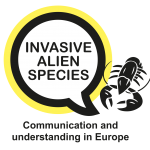
Releases of aquatic ornamental invasive alien species into the wild can adversely impact important freshwater habitats.
Aquatic Recreation Cluster
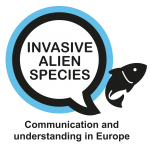
Invasive alien species can travel with people to new habitats, resulting in substantial biodiversity loss.
Forest Cluster
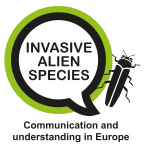
Forests are one of the most important ecosystems in Europe, but the impacts of invasive alien species are becoming more obvious.
Pet Species Cluster
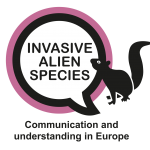
Invasive alien species introduced through the pet trade may adversely impact other species and ecosystems, and also economies and human health.
Soil Transport Cluster
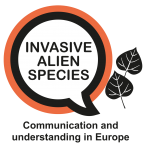
The presence of some invasive alien species in soil which is being moved from one site to another can have devastating impacts on biodiversity, plus significant economic costs.